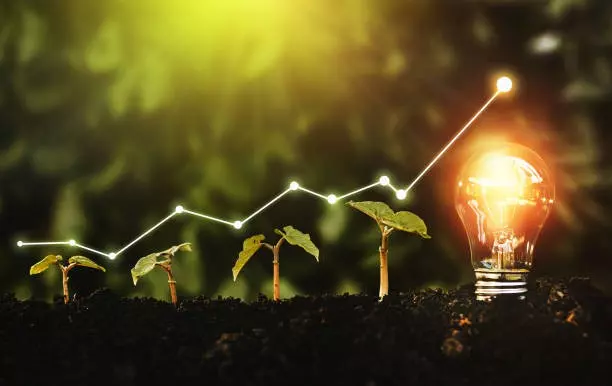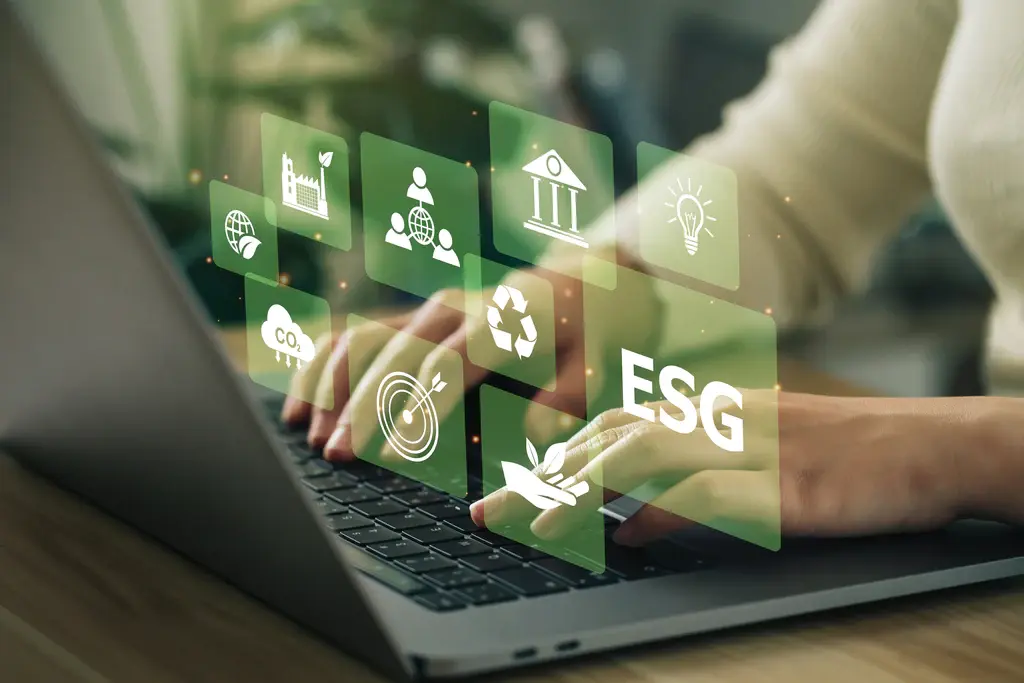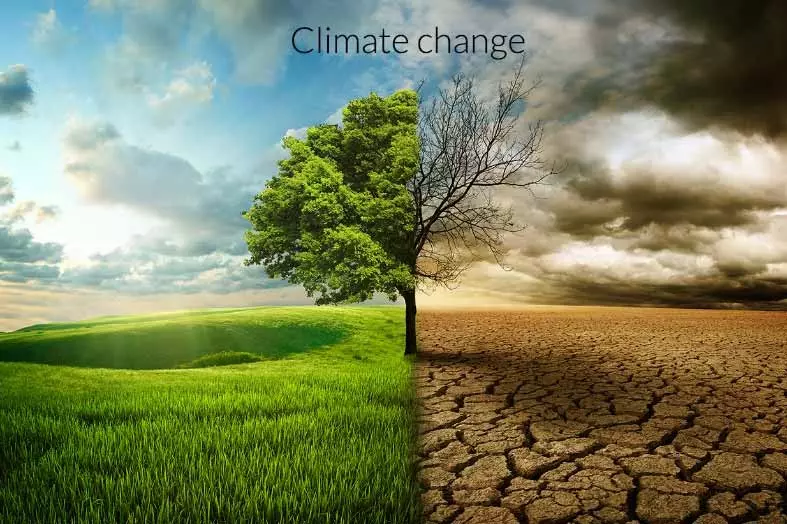The creation of new goods and services to introduce them to the market is referred to as innovation [1]. But the innovation definition is not limited to this. There is a wide range of scenarios in which innovation can be used, comprising technological, product, process, policy, and social innovation [2].
It’s crucial to see the connection between businesses prioritizing sustainability and innovation [3]. Companies that excel in sustainability are about 400% more likely to be regarded as innovation leaders, as studied by Joel Makower [4]. Furthermore, it is thought that there is a direct and beneficial relationship between financial performance and innovation activities [5].

The following three classes can be used to categorize innovation in sustainability:
- Incremental: Innovation class that entails gradually improving business procedures, goods, and services in a stepwise approach. This is frequently used to raise efficiency and decrease losses in materials, energy, quality, and the environment, which may also generate cost savings. The benefits of incremental innovation include fast implementation, more affordable investments, and lower safety risks. Its drawback is that it typically does not lead to radical change; instead, it simply produces incremental improvement [6]. This is currently the primary mechanism for innovation in business.
- Radical: Such innovation category comprises design thinking actions that drastically alter procedures, goods, or services and may lead to market breakthroughs. Compared to incremental innovation, this involves much more significant risks and investments [6]. The technical aspects of the new design, market demand, and business transformation commonly involve higher levels of potential liabilities and uncertainty. On the other hand, this approach enables revolutionary change opportunities, generates greater positive environmental impacts, and significantly strengthens competitive advantage.
- Fundamental: This innovation class refers to the use of new scientific discoveries, cultural values modifications, or behavioral/mindset change in society to produce new context and fresh perspectives [6]. Fundamental innovation is incredibly disruptive and commonly leads to a structural transformation in different markets across the value chain.
A study from the Journal of Cleaner Production discusses the business models for innovation initiatives of S&P 500 Index businesses and pins down these new models into nine classes under the previously mentioned innovation categories [7] as shown in the following diagram.

Businesses in the twenty-first century will only be able to sustain their competitive advantages by exploring this wide span of innovation [8]. This concept is predicated on the idea that access to a wealth of information is already available to companies in the modern knowledge economy and that the most influential organizations will be distinguished from average ones by their capacity to innovate and stay on the cutting edge.
Nevertheless, to profit from innovation, organizations must be willing to take risks and make investments that may be higher in the short term to sustain long-term strategies. Thus, they must go beyond the incremental approach and invest in breakthrough innovation, including radical and fundamental initiatives. Moreover, top management and board members must be dedicated to this approach and willing to persevere in facing obstacles, even if short-term losses are necessary to enable long-term gain.
“Sustainable innovation strategies must incorporate new business models and breakthrough projects for real transformational change.”
Incremental innovation is commonly used to meet critical companies’ public commitments as it offers quick wins to showcase to consumers and shareholders. Although this is essential, the industry will only achieve real systemic change once radical and fundamental innovations are embedded into the business strategy., i.e., breakthrough innovation driving and sustaining new businesses. The practical implementation and delivery of this span of innovations are critical to ensure that aggressive sustainability targets are fully met and that society can attain sustainable development advancements.
Gone is the time the business-as-usual approach was efficacious. Organizations committed to long-term resilience must balance different innovation approaches to translate sustainability challenges into opportunities. On top of the step-by-step development, sustainable innovation strategies must incorporate new business models and breakthrough projects for real transformational change.
References
[1] Hacking, T. et al. “Sustainable design and technology.” Cambridge: Cambridge Institute for Sustainability Leadership. (2015)
[2] Driffill, L.; Hacking, T.; and Stiles, P. “Strategy, business models and corporate governance.” Cambridge: Cambridge Institute for Sustainability Leadership. (2016)
[3] Aronson, D. “Sustainability driven innovation: Harnessing sustainability’s ability to spark innovation.” Deloitte Development LLC. (2013)
[4] Makower, J. “Two steps forward: How sustainability drives innovation.” GreenBiz. (2013)
[5] Whelan, T and Fink, C. “The comprehensive business case for sustainability.” Harvard Business Review. (2016)
[6] Diehl, J., Crul, M., and Ryan, C. “Design for Sustainability: A Step-by-Step Approach.” (2009)
[7] Ritala, P. et al. “Sustainable business model adoption among S&P 500 firms: A longitudinal content analysis study”. Journal of Cleaner Production (2018).
[8] Cheam, J. “Innovation: The only sustainable competitive advantage.” Eco-business. (2015)











